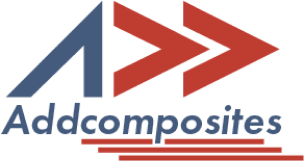


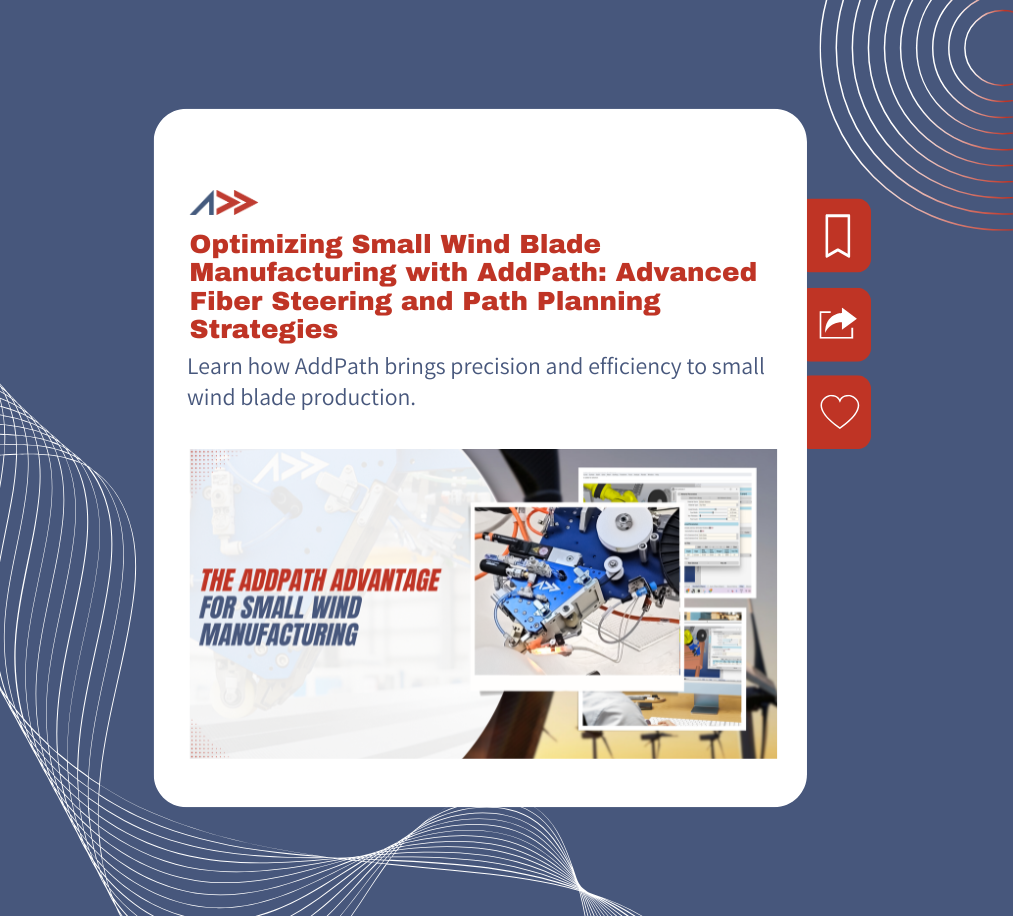


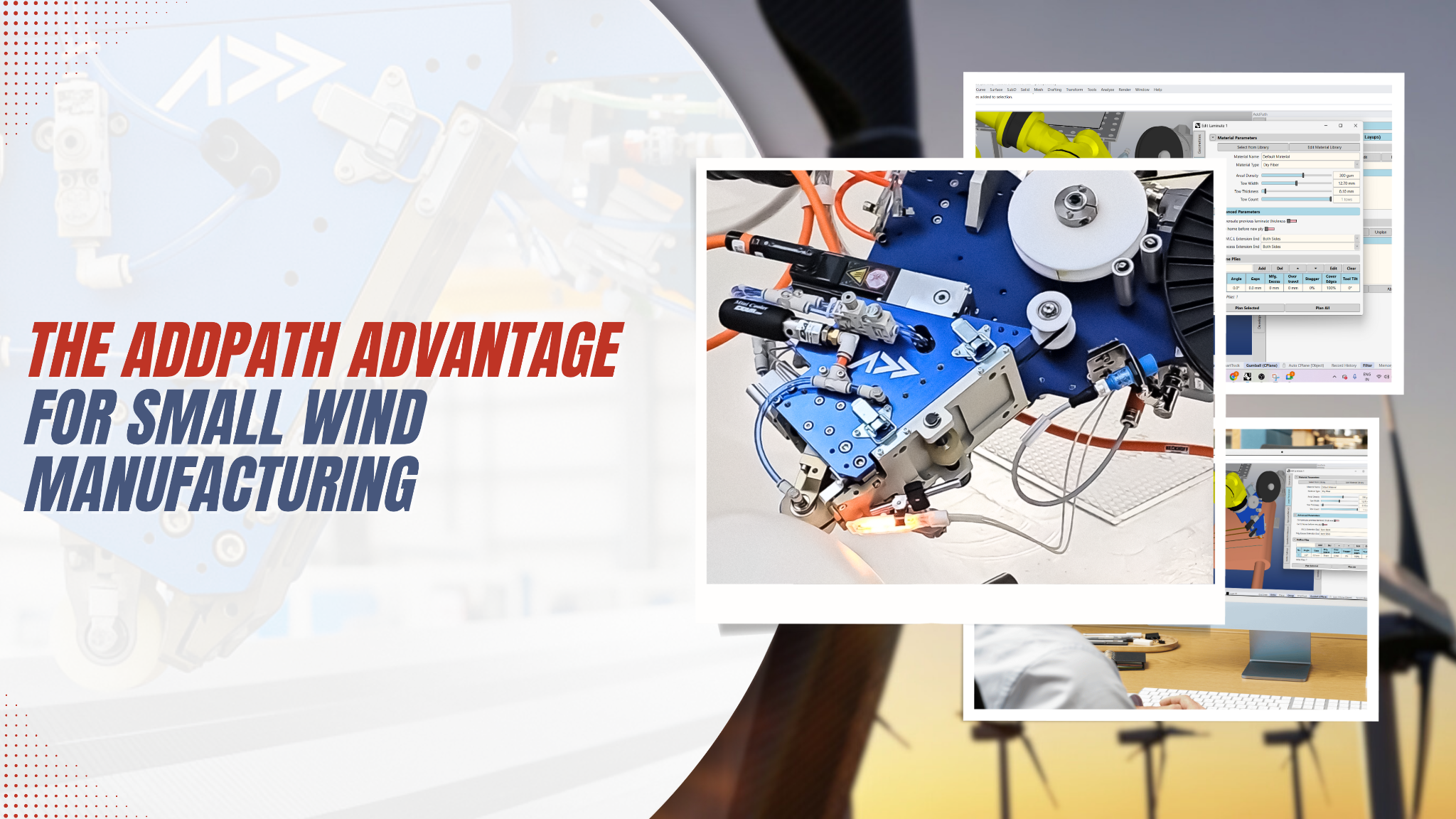
The wind energy sector is experiencing a significant shift toward distributed generation, with smaller wind turbines (blades up to 5-7 meters) becoming increasingly vital for remote communities, microgrids, and urban installations. However, manufacturing these compact blades presents unique challenges that large-scale blade production doesn't face. Tighter radii, complex curvatures, and the need for cost-effective production at lower volumes demand sophisticated manufacturing solutions.
This is where AddPath simulation and planning software becomes crucial. Unlike traditional manufacturing approaches that rely on trial-and-error, AddPath enables manufacturers to optimize fiber placement strategies before a single strand of carbon fiber touches a mold. For smaller blades, where every gram of material and every degree of fiber orientation impacts performance, this precision is essential.

The leading and trailing edges of wind blades are where aerodynamic performance is won or lost. In smaller blades, these edges present particularly challenging manufacturing scenarios due to their sharp angles and tight curves. AddPath addresses these challenges through two primary manufacturing strategies: the winding approach using core materials or collapsible molds, and direct layup with precise steering control.
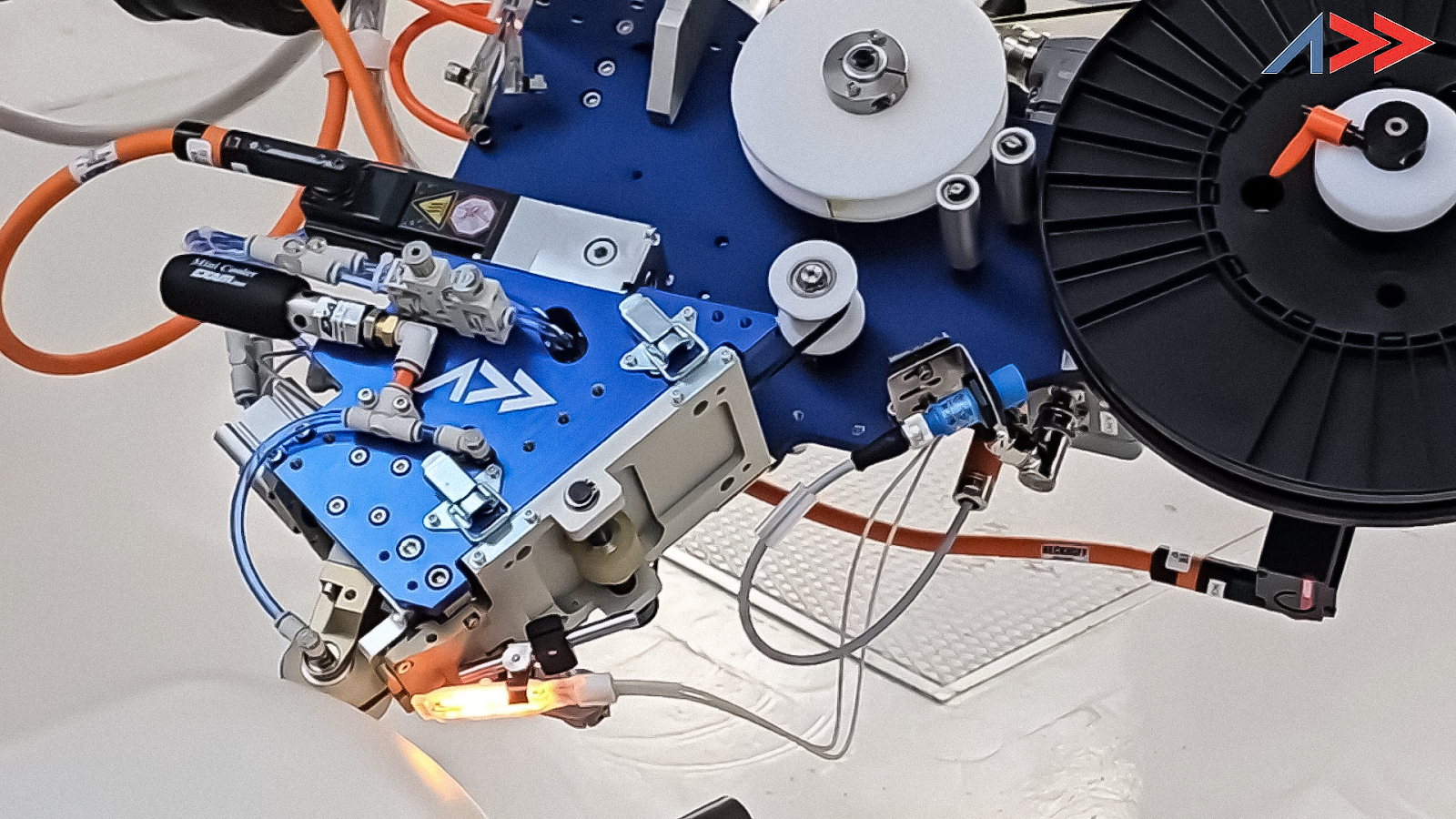
What sets AddPath apart is its ability to account for material-specific behavior. Even tapes with identical specifications can behave differently based on their manufacturer—some materials are brittle and prone to snapping at sharp angles, while others may fold or create bridging defects. The software enables engineers to adjust processing parameters dynamically, modifying heat and pressure application to improve material ductility and adhesion. Instead of forcing a 90-degree bend that might cause fiber breakage, AddPath calculates optimal angles (45°, 50°, 60°) to create rounded corners that maintain fiber integrity while achieving design requirements.
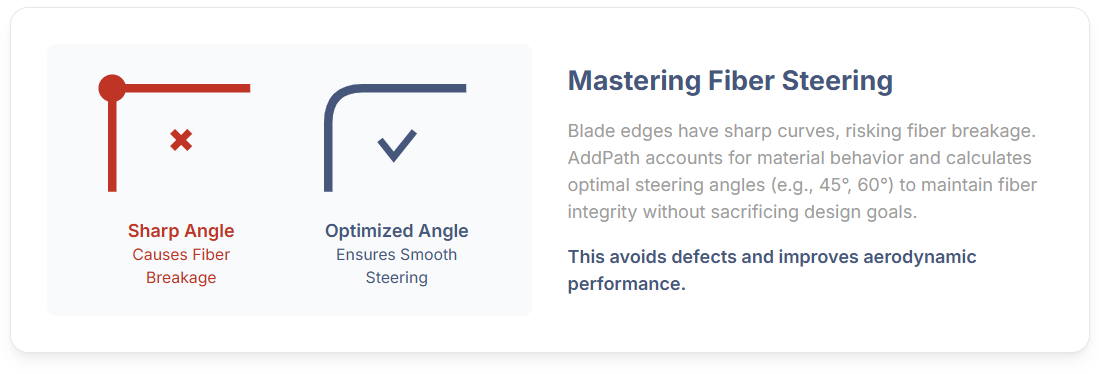
One of the most powerful yet underutilized capabilities in automated fiber placement is variable speed control during the steering process. AddPath provides engineers with granular control over layup speeds, enabling them to slow down in critical areas where consolidation is paramount and speed up in straight sections where efficiency can be maximized. This flexibility eliminates the dependency on resin flow timing or random glass fiber placement, significantly improving the precision of the overall layup.
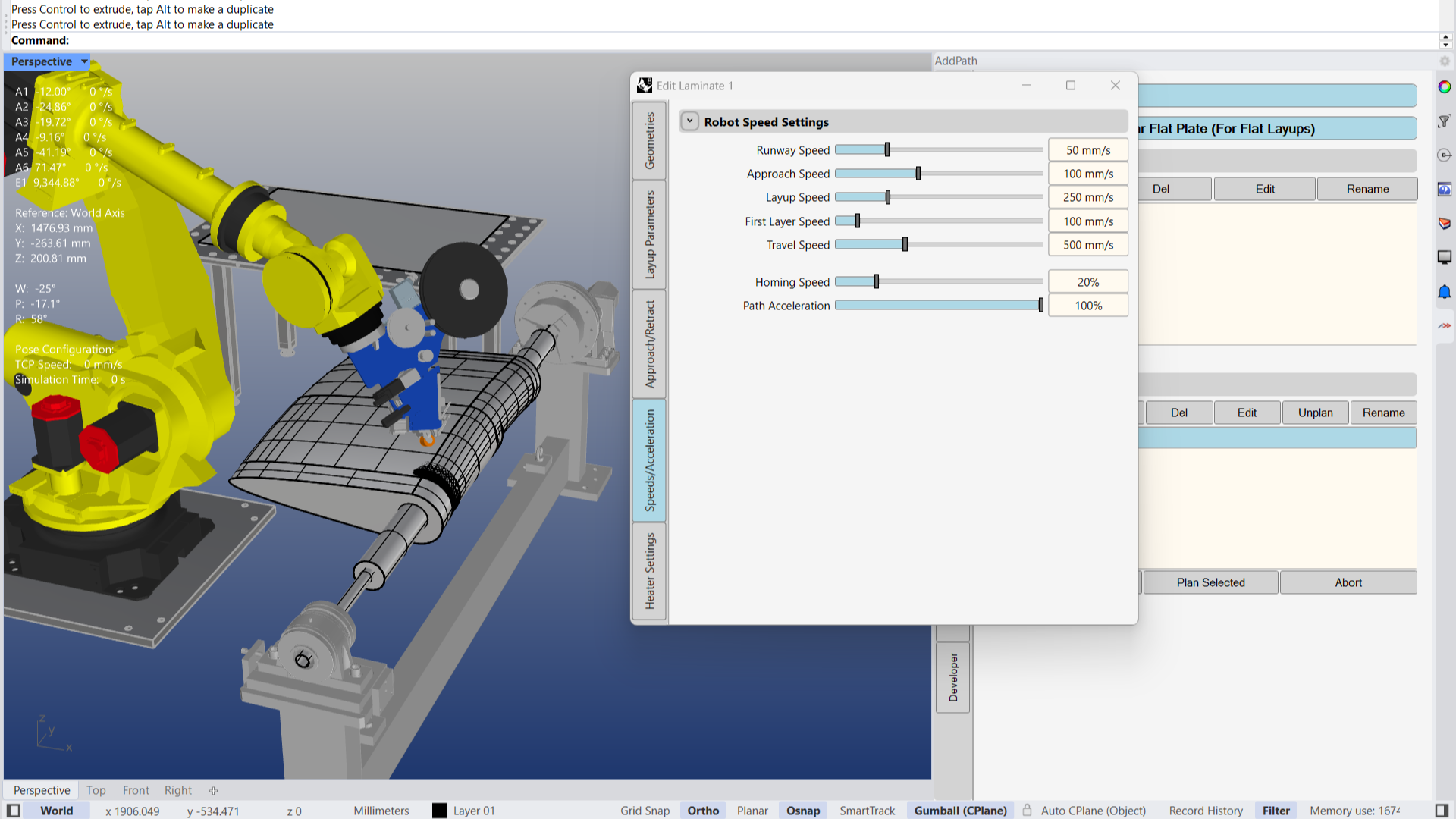
The software's simulation capabilities also allow manufacturers to experiment with different fiber orientations to maximize the directional strength properties of their materials. By taking advantage of the fiber's ability to shear internally in planar directions, engineers can create sophisticated steering patterns that follow load paths around contours, optimizing both strength and weight simultaneously. This level of control is particularly crucial for smaller blades, where material efficiency directly impacts economic viability.
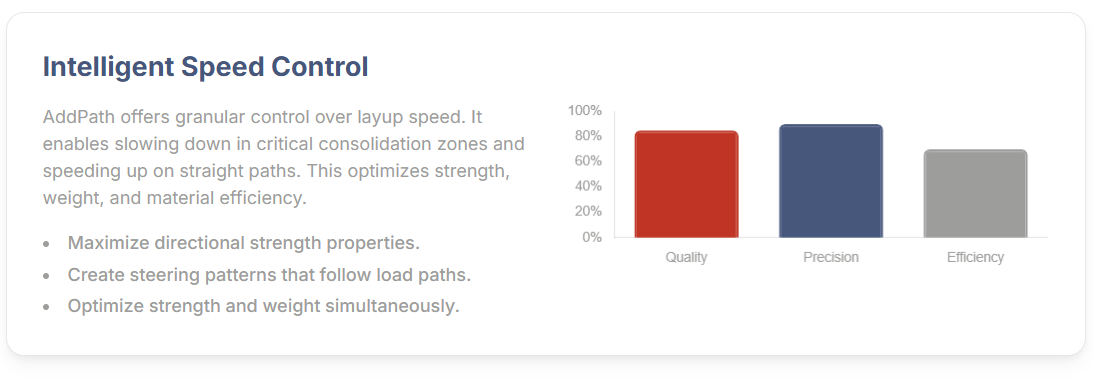
The transition from thick root section to thin tip section represents one of the most critical manufacturing challenges in wind blade production. AddPath's approach centers on the industry-standard 2:1 slope ratio for ply drops—meaning the horizontal distance of any transition should be at least twice the thickness of the tape being dropped. This prevents sudden steps in the surface finish that could create stress concentrations or aerodynamic irregularities.
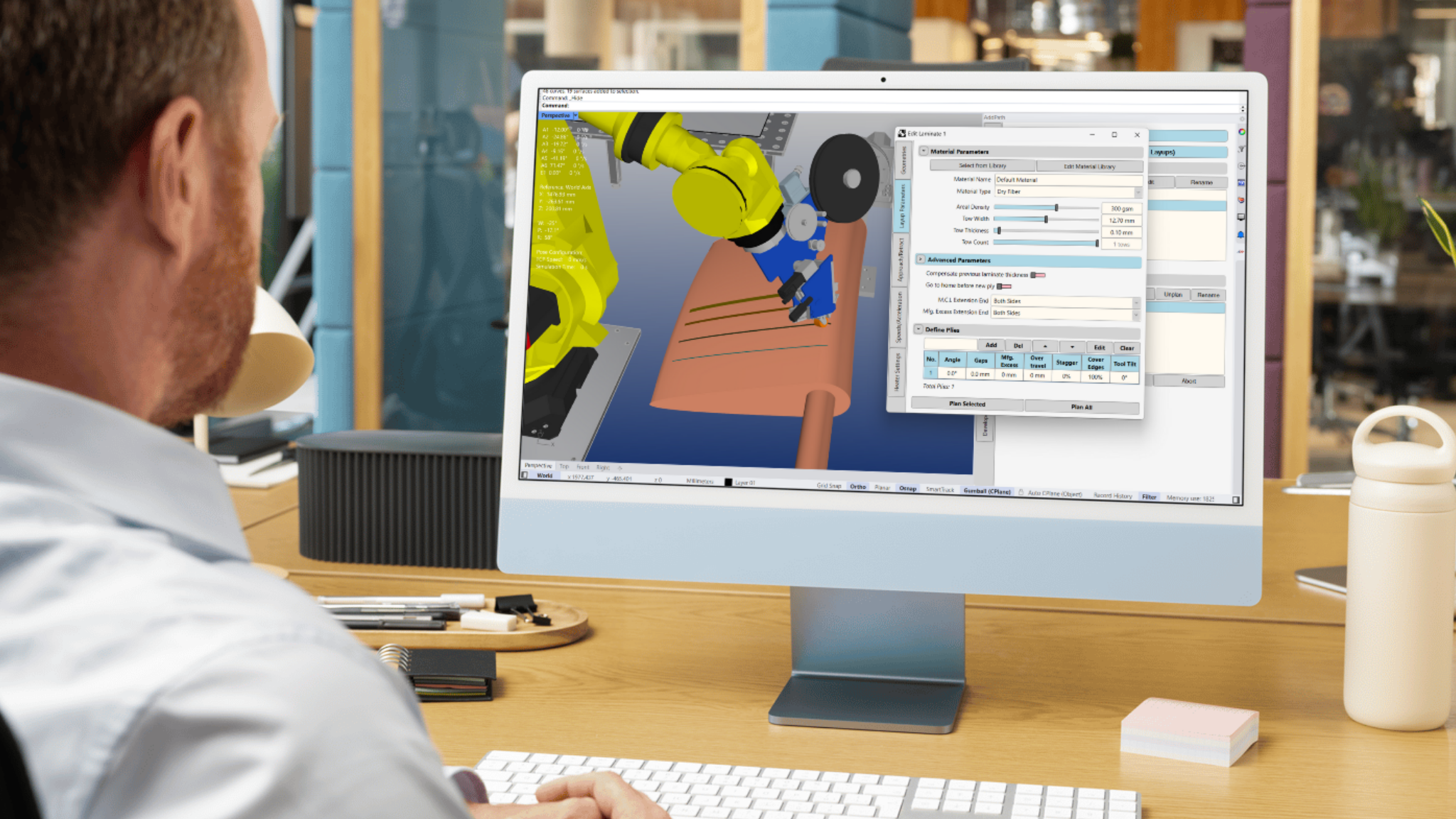
AddPath's upcoming automated ply drop calculation feature will revolutionize this process by automatically calculating optimal ply drop patterns based on user-defined parameters including tape thickness, required laminate thickness range, and available transition distance. When design parameters conflict with manufacturing constraints, the system provides intelligent warnings and suggests alternatives such as adjusting transition steepness, modifying thickness requirements in non-critical sections, or recommending alternative material specifications. The software also enables advanced layering techniques like the alternating layer method, where layers are strategically intermingled to distribute stress more effectively while maintaining surface smoothness.
A critical but often overlooked aspect of composite manufacturing is maintaining proper tool orientation throughout the layup process. AddPath automatically adjusts the AFP tool's orientation to remain perpendicular (normal) to the surface at all times. During flat sections, the tool remains vertical; through ply drop transitions, it rotates to maintain consistent normal force; and after transitions, it automatically levels to match the new surface angle. This continuous adjustment ensures uniform consolidation pressure, preventing voids, wrinkles, or other defects that could compromise blade integrity.

The software also manages the critical final layers that provide surface protection and aerodynamic smoothness. AddPath ensures these cover layers never terminate at ply drop edges (which would create stress concentrations) and properly conform to the underlying topology. This attention to detail in the final manufacturing stages is what separates high-performance blades from those that merely meet minimum specifications. By combining intelligent tool control with comprehensive process simulation, manufacturers can achieve first-time-right production, dramatically reducing waste and rework.

Ready to revolutionize your small wind blade manufacturing? Addcomposites provides the complete ecosystem for success - from our advanced AddPath software to our precision AFP-XS system designed for complex geometries.
Get Started Today:
Contact us at: contact@addcomposites.com
Learn more at: www.addcomposites.com